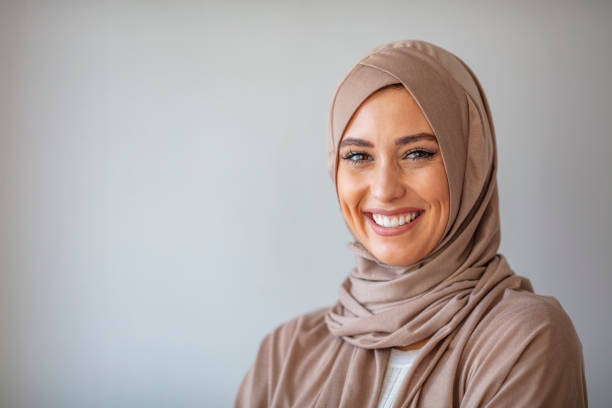The Common Misconceptions About Hijab
In recent years, the hijab has gained significant attention and sparked numerous debates around the world. Unfortunately, with increased awareness comes an abundance of misconceptions. Misunderstandings about the hijab can lead to stereotypes, discrimination, and even Islamophobia. In order to foster a more inclusive society, it is crucial to address and dispel these misconceptions. In this article, we will explore some of the most common misconceptions about the hijab.
Hijab is a symbol of oppression
One of the prevailing misconceptions about the hijab is that it is a symbol of oppression imposed on Muslim women. However, this assumption fails to acknowledge that wearing the hijab is often a personal choice. Many Muslim women choose to wear the hijab as an expression of their faith, identity, and empowerment. It is important to respect an individual’s choice to wear the hijab, as it is a personal decision rooted in religious and cultural beliefs.
Hijab restricts women’s freedom
Contrary to popular belief, the hijab does not restrict a woman’s freedom. In fact, it can enhance a woman’s freedom by allowing her to control how she presents herself to the world. The hijab serves as a means for Muslim women to assert their autonomy, making choices based on their own values rather than conforming to societal pressures. It allows women to focus on their intellect, character, and accomplishments rather than being judged solely on their physical appearance.
Hijab is a sign of extremism
Another misconception surrounding the hijab is that it is associated with extremism or radicalism. This generalization is not only unfair but also inaccurate. Muslim women who choose to wear the hijab come from diverse backgrounds and have varying interpretations of their faith. Linking the hijab to extremism perpetuates harmful stereotypes and overlooks the individuality of Muslim women. It is essential to approach the subject of hijab with an open mind and respect for diversity.
Hijab is solely a religious symbol
While the hijab is predominantly associated with Islam, it is important to recognize that it can also have cultural, personal, and social significance. Some women wear the hijab as an expression of their cultural heritage or as a fashion choice. Others wear it as a statement against the objectification of women in society. The hijab’s meaning varies from person to person, and it should not be reduced to a single religious symbol.
Hijab hinders integration
There is a misconception that the hijab hinders Muslim women’s integration into society. However, studies and anecdotal evidence suggest otherwise. Muslim women who wear the hijab actively participate in various aspects of society, such as education, employment, and community engagement. Their choice to wear the hijab does not impede their ability to contribute to society or interact with people from different backgrounds. Integration is a multifaceted process that involves acceptance, understanding, and inclusion, irrespective of one’s clothing choices.
Conclusion
Dispelling misconceptions about the hijab is crucial for promoting tolerance, understanding, and inclusivity. Recognizing that the hijab is a personal choice, not a symbol of oppression, is vital in fostering a diverse and harmonious society. It is essential to challenge stereotypes and preconceived notions, and to engage in open and respectful conversations that lead to a better understanding of different cultural and religious practices. Embracing diversity and empowering individuals to make their own choices will enable us to build a more inclusive world.




